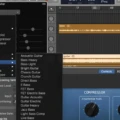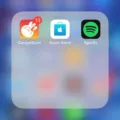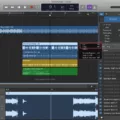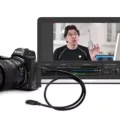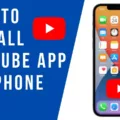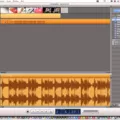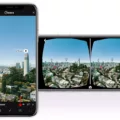GarageBand is a powerful and easy-to-use music production software from Apple. This amazing program allws you to create, mix, and edit your own music with ease. Whether you’re a professional musician or just starting out, GarageBand has the tools and features to help you make your masterpiece.
One of the most important aspects of GarageBand is how easy it is to import your own audio files. From adding sound effects to uing samples from your favorite songs, GarageBand makes it easy to add audio files to your project. Here’s a step-by-step guide on how to get started:
1. Click on Finder in the Mac Dock.
2. Locate the file that you wish to import and drag it onto an existing track or a new track in GarageBand.
3. Tap “Browse items from the Files app,” then locate and tap an audio or MIDI file to import it.
4. To preview an audio file, tap it in the list and use the slider at the bottom of the list to control its volume.
5. Drag an audio or MIDI file left or right to show Tracks view; this will allw you to make precise edits before adding them into your project.
6. When you’re happy with the way everything sounds, press ‘Play’ and enjoy!
GarageBand makes it quick and easy for anyone, regardless of experience level, to start creating their own music withut having to invest in expensive equipment or long hours learning complicated programs – all while providing a wide range of features that will appeal even to seasoned producers! So go ahead and get creative – let GarageBand do all the heavy lifting so that you can focus on what really matters: making great music!
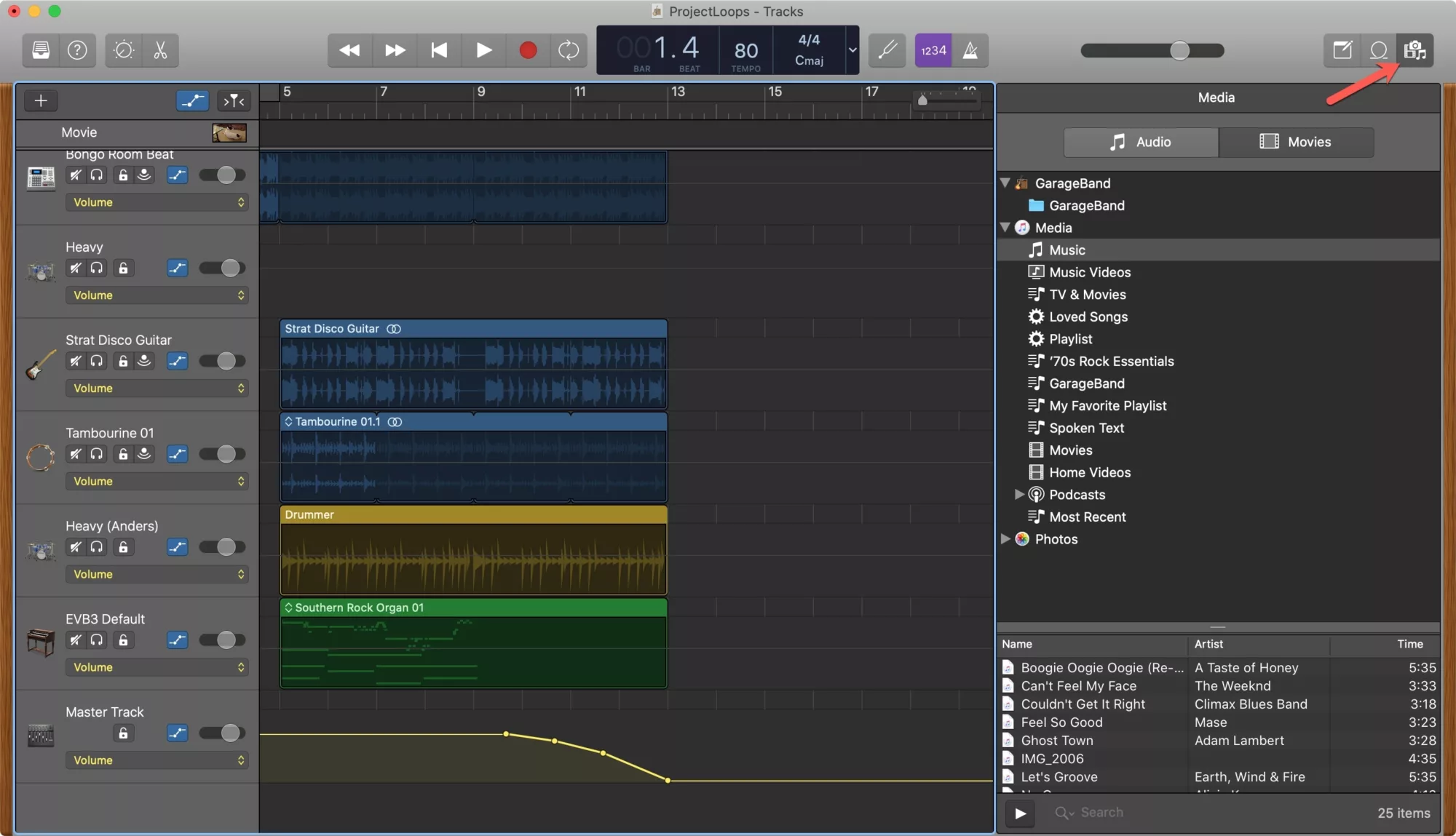
Adding an Audio File to GarageBand
Adding an audio file to GarageBand is easy! First, open the GarageBand app on your Mac. Then, click on the “Audio” tab on the sidebar and select “File” from the drop-down menu. This will open a Finder window where you can locate and select the audio file you wish to add to GarageBand. You can also drag and drop an audio file from your desktop directly into GarageBand. Once your audio file is in GarageBand, you can start editing it with all of the available tools. You can adjust its volume or apply different effects to tailor it to your project. GarageBand supports the follwing formats: .AIFF, .CAF, .WAV, .AAC (except protected AAC files), Apple Lossless, .MP3, and .MIDI. So go ahead and get creative with adding audio files to GarageBand!
Adding Audio to GarageBand on iPhone
Adding audio to GarageBand on iPhone is easy. First, open the GarageBand app and tap the + icon in the top left corner. Next, select “New Song” and choose the style of song you want to create. Now, tap the Audio Recorder icon at the bottom of the screen. You can record audio by tapping the red Record button or import an existing audio or MIDI file by tapping “Browse items from Files app” and locating your desired file. Once you’ve selected a file, preview it by tapping it in the list and adjust its volume with the slider at the bottom of the list. Finally, drag your file left or rigt to show Tracks view and you’re done!
Importing Audio into GarageBand
Yes, you can import audios into GarageBand. GarageBand supports a variety of audio file formats, including AIFF, CAF, WAV, AAC, Apple Lossless and MP3. You can import these files into GarageBand either by dragging them into the timeline or using the Media Browser. In order to ensure that your audio file is compatible with GarageBand, make sure that it has not been downloaded from a Youtube to mp3 converter. If it has been downloaded from one of these sources, you can right-click on the file and rename the extension from .mp3 to .wav in order to make it compatible with GarageBand.
Adding Audio to GarageBand on a Mac
In order to add audio to GarageBand on a Mac, you will need to first locate the audio file you wish to import. This can be done by opening the Finder window and navigating to the folder containing the file. Once you have located it, simply drag the file from the Finder window onto an audio track or to the empty area below the existing tracks in the Tracks area. The audio file will apper on that track and is now ready for editing or mixing.
Adding an Existing Audio File
To add an existing audio file, you frst need to open the file you want to insert. Then, go to Insert > Audio and select Audio on My PC. This will open the Insert Audio dialog box, where you can select the audio file you want to add. Once you have selected the file, click Insert and it will be added to your document.
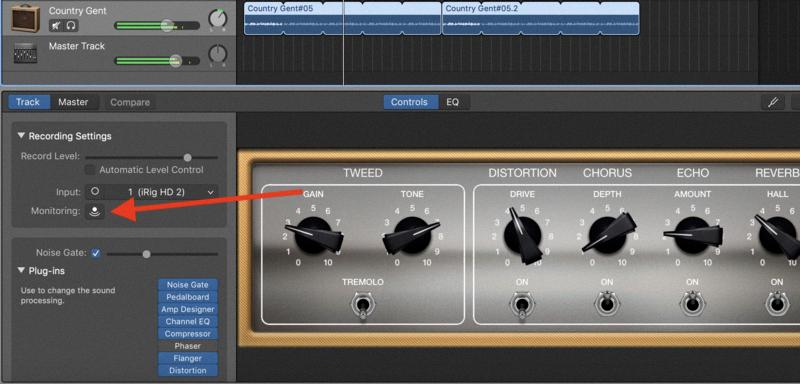
Source: producersociety.com
Using Downloaded Audio Library in GarageBand
To use downloaded audio libraries in GarageBand, you will first need to open the GarageBand workspace and tap the add icon on the far left side. From there, you can choose to add a loop or instrument. If you have downloaded a sound pack, select Loop. This will open a dropdown menu with all the loops that have been downloaded onto your device. Select the library that you would like to use and it will be added into your GarageBand project. Once it is added, you can begin manipulating and editing it to create your desired sound.
Downloading Audio from YouTube to GarageBand
Getting audio from YouTube to GarageBand is relatively straightforward. First, you will need to download a document application, such as Dropbox or Google Drive. Once the app is installed, open it and tap the Safari button. Next, visit a YouTube-to-MP3 converter site, like YTMP3.org or Flvto.biz. Search for the desired video or enter its URL into the search bar and click “Download”. After the MP3 file has finished downloading, open GarageBand on your computer or mobile device and import the MP3 file into a project by dragging it from your documents app into GarageBand’s media library. To finish up, adjust the track’s settings in GarageBand until you are satisfied with how it sounds and save the project. With this method, you can enjoy music from YouTube in GarageBand with ease!
Conclusion
In conclusion, GarageBand is an intuitive and powerful digital audio workstation that makes creating music accessible to everyone. It’s a great tool for musicians of all levels, from novices who are just getting started to professionals who want to take their recordings to the next level. With its wide range of features, including recording and editing tools, loops, virtual instruments, effects, and more, GarageBand provides a complete solution for creating professional-quality music. Whether you’re just starting out or a seasoned producer, GarageBand has something for everyone.

